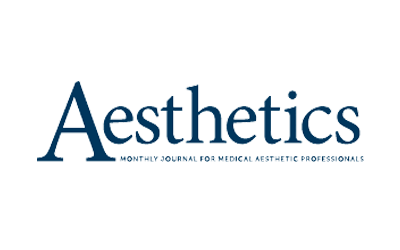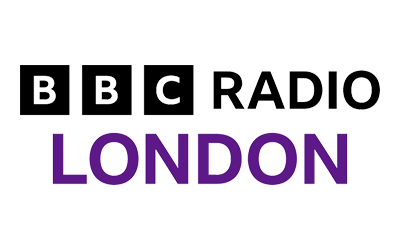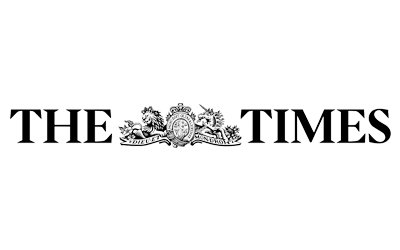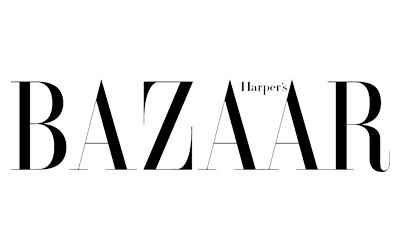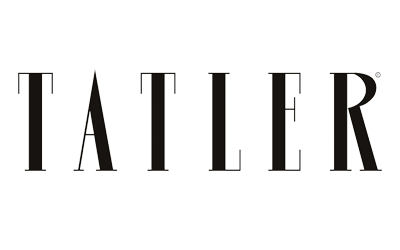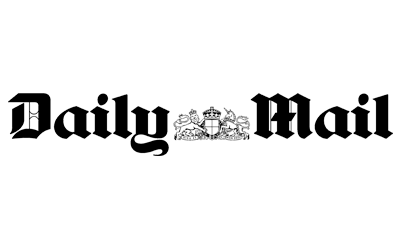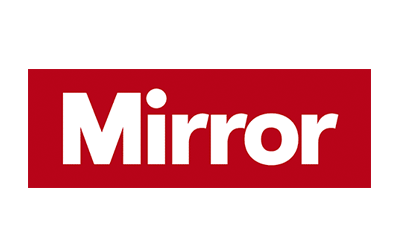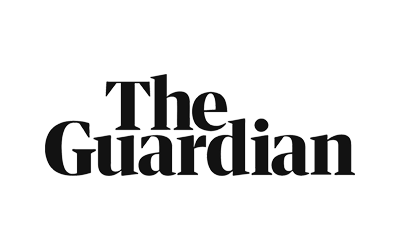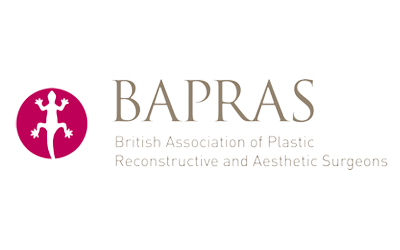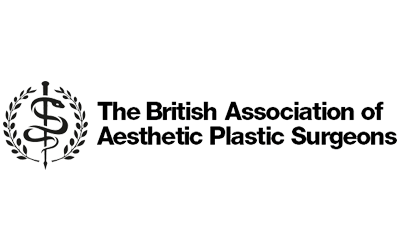Scientists have developed a potential new type of nose job which they claim could take just five minutes and avoid the stitches, scarring and downtime associated with a surgical operation. Coupled with the growing popularity of nose reshaping using dermal fillers, what does this mean for the future of the rhinoplasty procedure?
The rhinoplasty is one of the world’s oldest cosmetic surgery procedures – as early as 600 BC, Indian surgeons were creating and reshaping noses and in the 16th century, Gaspare Tagliacozzi was reconstructing noses that had been slashed off during duels.
German surgeon Jacques Joseph, known as the ‘Father of Modern Aesthetic Surgery’, developed the procedure of rhinoplasty as we know it now, using a ‘hammer and chisel’ technique to reshape the bony structure of the nose.
As plastic surgeon Alex Karidis explains: “The rhinoplasty procedure is a stalwart of plastic surgery that transcends the ages. The modern nose job has been performed for well over 100 years and the fundamentals have not changed. Techniques may have become more refined, but we are still using surgical instruments to remove humps, reducing size and altering the shape from bridge to tip.”
However, at a recent scientific conference in the US, researchers at the University of California revealed that a quick and effective nose job without the need for surgery could be a possibility in the future. Using an electrical current, it could be possible to shape cartilage structures such as the ears and tip of the nose with a process known as electromechanical reshaping (EMR).
By passing the electric current through the cartilage, it is possible to make it pliable enough to reshape it. Once it’s been remodelled, you allow it to harden and the change should be permanent. So far, no human trials have been carried out, but even if it was approved for use in the future, it would be limited to just reshaping the tip of the nose.
Non-surgical nose reshaping vs surgical rhinoplasty
In recent years, non-surgical rhinoplasty using dermal fillers has become very popular. By adding volume with injectables, you’re able to camouflage any irregularities and create the illusion of a straight nose, as well as reshape or rotate the tip.
As Mr Karidis explains, though, there are limitations. “The problem is you’re able to add volume easily, but you are unable to make a too large nose smaller. Asian patients often want a larger, more defined nose and so a non-surgical nose reshaping procedure will work brilliantly.
“However, many of my patients have a too large, dominant nose and they will be left disappointed by a non-surgical procedure. Problems of breathing or nasal function can also not be addressed with dermal fillers.
“The surgical rhinoplasty will always be in demand be cause the lottery of genetics means you can often end up with a nose that is not in balance with your other facial features and much of what a rhinoplasty can achieve cannot be substituted with a laser or needle.”
To find out if you’re best suited to a non-surgical nose reshaping or a surgical rhinoplasty, call 0203 131 4826 to book a consultation with Mr Karidis.


